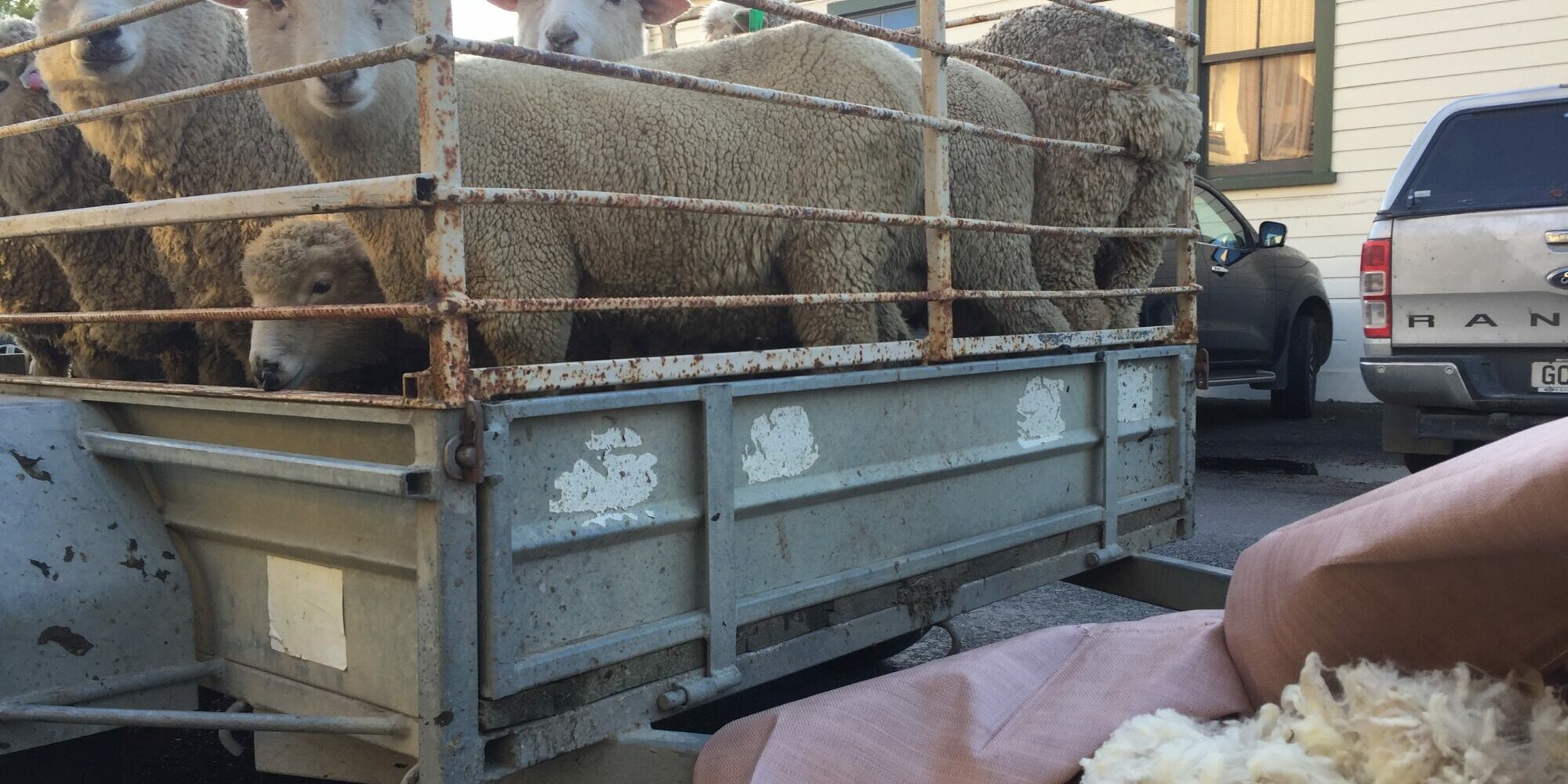The NZ Sheep industry is evolving, with the perception of strong wool reaching a tipping point and many farmers looking to convert flocks to finer wool and shedding breeds.
Rising costs of using the woolshed and the declining prices of strong wool has made the future of wool a point of discussion at every level of the farming business. While lamb and mutton value is currently high, it only takes one bad call to change our relationships with our main importer overnight so we can’t get complacent with what is currently known as a dual-purpose ewe flock.
Before the current covid restrictions Vet Services hosted a Wool Workshop with industry partners, breeders and researchers joining sheep farmers from across the wider Hawkes Bay Region to share their research and strategies for the future of wool.
Tom O’Sullivan from Campaign for Wool opened the days discussions highlighting that ‘crisis drives change’. Despite the current wool sector crisis Campaign for Wool are positive that change is underway and the NZ wool sector has a bright future with the diversity of wool types, products, smart marketing and a change in consumer behaviour.
The workshop discussions helped answer the following questions.
- What can I do to future proof my sheep productivity on farm?
- What is the potential for East Coast famers looking to infuse fine wool genetics into their farming systems? What challenges might they face?
- How are farmers currently going about this, is there a change in animal performance and curve balls have they faced?
Transitioning to fine wool and the possible profits with increased consumer demand for high-end fashion, activewear and baby clothing seem appealing, but may not be suitable for all farming systems. You will need to do really good due diligence to make sure sheep have the right health traits. You’ll want to minimise animal performance loss from existing performance, particularly around fertility, meat yield and growth rates.
The sweet spot of where the best money is hard to categorically say. From market schedules it looks to be 21-25micron. However, if you have lose too much animal performance then 29-31 micron may be more suitable. At the higher value end, the market doesn’t just revolve around micron, it also needs to have length, merino style and tensile quality amongst others.
Brayden and Dave McKenzie are commercial farmers in Dannevirke. They displayed some halfbred sheep which they are breeding with and monitoring performance, running alongside their strong wool Romney flock. So far the results are pleasing (coming into Year 3). They are excited by the innovation and relationships that NZ Merino have developed with world leading brands.
Focus Genetics and Pamu are doing a very detailed long term evaluation of converting a strong wool Goudies Romney based flock with a fibre diameter of 39mn to a finer wool flock (targeting 21micron) on Aratiatia Station in Taupo. Measurements of the animals will be very comprehensive and will include health traits, low input traits eg worm resistance, bare breech, foot structure and also environmental traits like low methane output. Watch this space.
Kelso Genetics have been developing 2 new breed lines of their sheep. The Kelso F is 26.1-32mn and the Olann is 20-26mn. They have done this by introducing Kelso genetics from Australia where they were initially introduced into Aussie Merino flocks many years ago back over there NZ Kelso maternal line. The level of animal performance and fleece quality achieved to date has exceeded expectations.
Phi Tither of AgFirst highlighted the current market situation for wool. Long term contracts can be attractive. Phil suggested a way to dip your toes in the water for fine wool would be to use the merino as a terminal and take the lambs through to big weights and cut a hogget fleece in the spring. If the animals perform satisfactorily then infusing them into the strong wool flock could be viable. Phil’s experience with superfine merinos in the past in Hawkes Bay suggests focussing on a big bold allrounder rather than a superfine type is going to be more practical.
To summarise, there are some significant financially rewarding opportunities from fining up the fleece of a strong wool flock.
Things to keep in mind.
-
- Choose the right breeder, do really good due diligence here to make sure sheep have the right health traits. NZ Merino can help here
- Minimise animal performance loss from existing performance, particularly around fertility, meat yield and growth rates.
- The sweet spot of where the best money is hard to categorically say. From market schedules it looks to be 21-25micron. However, if you have lose too much animal performance then 29-31 micron may be more suitable. At the higher value end, the market doesn’t just revolve around micron, it also needs to have length, merino style and tensile quality amongst others.






